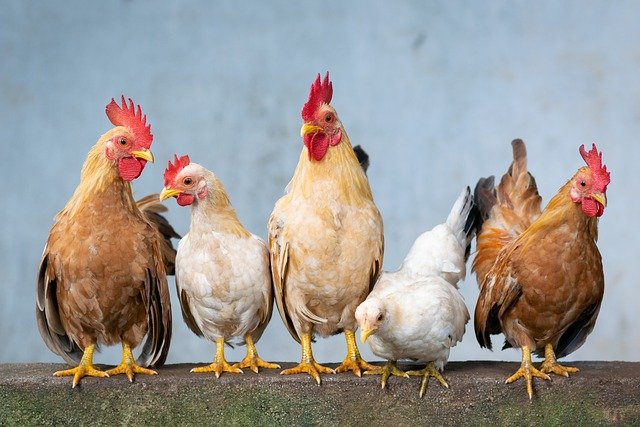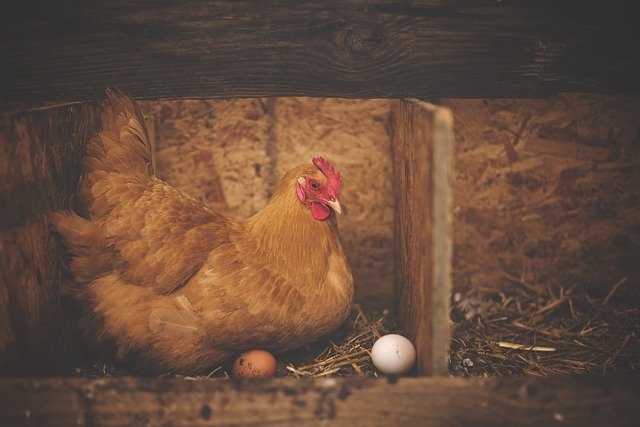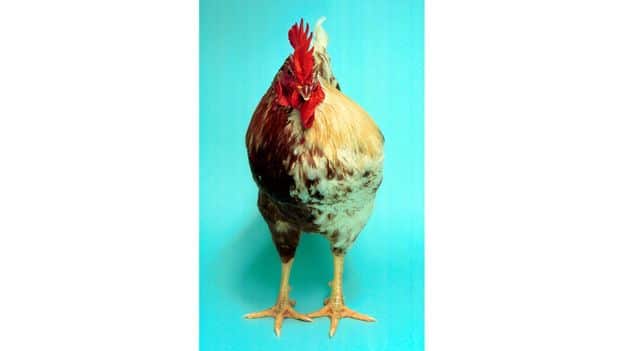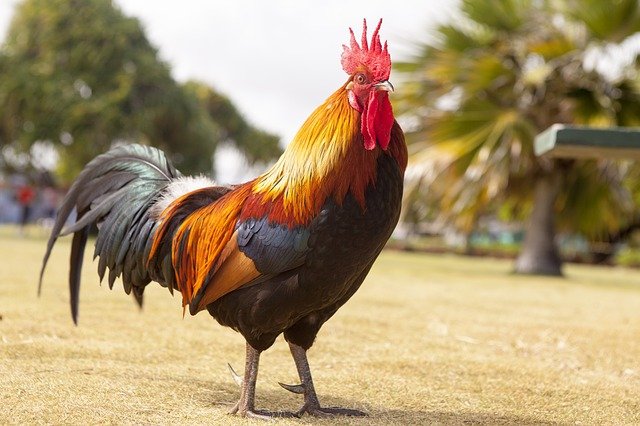Yes, you read that right some chickens are born half male and half female. These strange animals have been called by many different names such as Hoosters or rens.
These birds are known as hen-rooster hybrids or to be more scientific, gynandromorphs. They are really extravagant to look at. On one side of their body, they have rooster-type features such as the comb on the top of their head and the leg spurs that they use to defend themselves. Then if you turn them and take a look at the other side you’ll find a delicate bird with hen-like features.

Imagine someone in one of those costumes which have a man on one side and a woman on the other, then you can imagine these chickens.
When the chicken is cut open the right half of the skeleton was much bigger than the left. You can find both a testis and an ovary with a partially formed egg.
It was as if someone had cut a hen and a cockerel in half, and merged the two bodies seamlessly down the center.

Scientists have discovered that half-male, half-female chickens possess a mixture of genetically male and female cells.
Chickens are gynandromorphous, and only about 1 in 10,000 chickens are born with this rare genetic abnormality.
The bodies of these hen-rooster hybrids, or gynandromorphs, have a mixture of genetically male and female cells.
Scientists believe this is because of some sort of genetic mutation and began testing to help prove their theory. To test this theory, Michael Clinton of the University of Edinburgh and his team analyzed cells from three gynandromorph chickens, and to their surprise, everything was perfectly normal.

When Clinton screened the chickens’ genes, he found completely normal sex chromosomes across the whole chicken. Down one side they were ZW, down the other they were ZZ.
In other words, the chicken was essentially formed of two, non-identical twins, fused down the center.
So Clinton now came up with the idea for how gynandromorphy happens.
When an egg is formed, the cell is meant to discard half its chromosomes, in a bag of DNA called the “polar body”. However, in rare cases, the egg may keep the polar body, as well as its own nucleus.
If both are fertilized, and the cell starts dividing, each side of the body will develop with its own genome, and its own sex.
This apparent accident may actually be a cunning evolutionary trick gone wrong.

Also, Gynandromorphs are known to exist in other bird species as well, such as zebra finches, pigeons, and parrots.
At the very least, Clinton’s result shows that sex develops very differently in birds and mammals. But we still don’t have a clear reason for why this happens and scientists are still researching it. According to the doctors, this might not only lead us to some interesting discoveries about human health in the future but can also provide insight into how birds develop.

